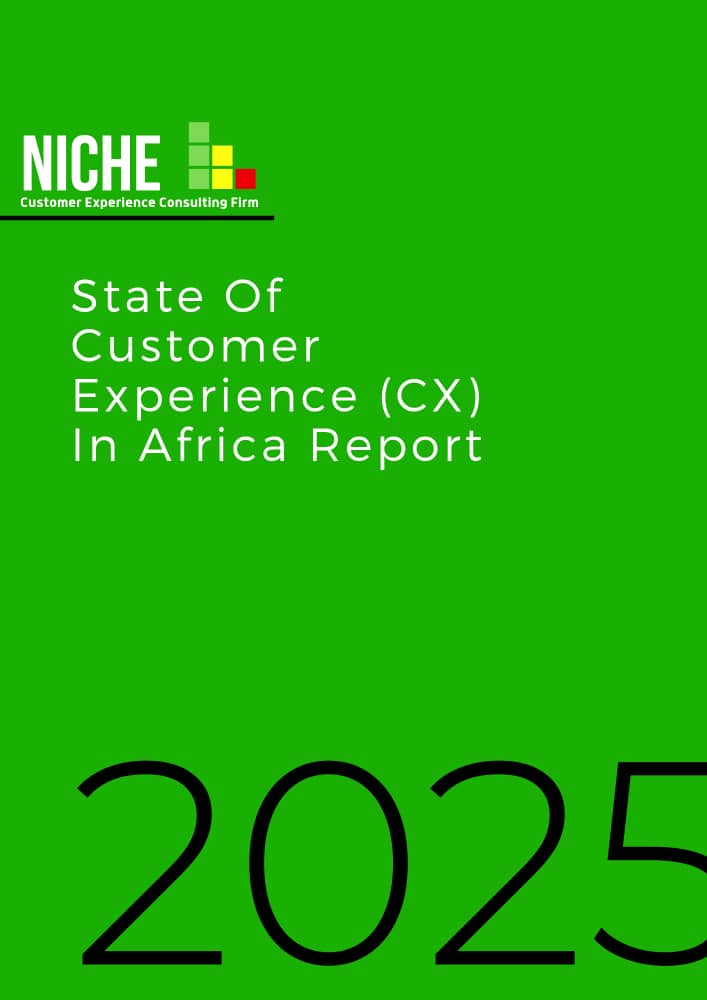Growing a business from an idea to a profitable enterprise is the number one goal for every business. It takes many moving parts to conceptualize a product or service, create a prototype, test the prototype, go to market with the finished product, provide support to customers and leverage insights from customer behaviour to consistently fine-tune the product or service to increase retention and extension.
In an era where the focus is on a customer’s end to end experience, businesses are required to explore each interaction with a customer as a step towards not just increasing revenue per customer but also learning more about business identity, product truth and how to build a sustainable competitive advantage from a customer’s perspective.
The goal of managing a customer’s experience is to ensure that every interaction delivers on a promise to the customer. Every time a customer chooses to interact with a business, he or she has a problem he or she needs the business to solve. From a contact centre perspective, let’s refer to this problem from 3 angles i.e. enquiries, requests or complaints. A customer either wants to know more about a product or service, has a specific request or needs a business to resolve a challenge that is impacting his or her ability to explore, enjoy and use the product or service to solve a problem.
Customer Experience Management
As defined by Tech Target Network, customer experience management is a collection of processes to track, oversee, and organize every interaction between a customer and the organization throughout the customer life cycle. If the business goal is to become a profitable enterprise, it is essential, therefore, that activities designed or deployed to manage customer experience impacts profitability or business priorities either through customer retention, customer extension or the acquisition of new customers.
When thinking about managing customer experience holistically, it is important to consider how managing customer experience will increase the number of customers that:

- Discover the product or service
- Show interest in the product or service by asking questions, reading reviews to learn more
- Buy the product or service
- Derive value from the product or service
- Get professional assistance while exploring or using the product or service
- Repeatedly buy the product or service
- Increase the number or value of products or services bought
- Tell others to buy the product or service
Customer Experience Management Should Solve A Problem
Every department in an enterprise is set up to help the enterprise achieve its profitability goal and this includes customer experience management. This means that the primary objective of customer experience management is to solve customer-related business problems that impact profitability.
According to altitudeadvisory.com.au for a business to increase its profits, it must remove unprofitable products and services, find new customers, increase customer conversion rate, review current pricing structure, reduce inventory, reduce overheads and (added by me) increase customer retention and value per repeat customer. For customer experience management to yield profitable results on investments (also known as ROI), it has to contribute to business actions aimed at increasing revenue through customer profitability.
So if a business is not profitable because it has unprofitable products/services or the business is struggling to find new customers, convert leads, retain customers or get them to increase your share of their wallet, a customer management intervention is required to manage each customer interaction so that the outcome of improved customer experience results in a step closer to the desired profitability.
How can customer experience management become profitable and generate a return on investment in its activities?
Customer Experience Return on Investment (ROI) Cycle
The customer experience return on investment (CX ROI) cycle is a thoughtful and business-focused flow of customer management activities designed to help a business move from identifying its customer problem impacting profitability to increasing profitability by solving the problem.

Managing customer experience profitably requires following the above process and repeating the cycle because business problems change and so should a business strategy to manage customer experience.
Conclusion
Managing customer experience profitably leads to so many wins than we realize and if customer experience management activities are not increasing sales and retention, its means that customer experience is not effectively managed.
It is therefore important for businesses to evaluate customer experience management operations in line with business goals to ascertain contribution to the same.
Need professional assistance with managing customer experience profitably? Talk to us today HERE

deBBie akwara
She is referred to as one of Africa’s leading CX entrepreneurs & educators launching CX businesses & Africa’s first globally recognized CX certification courses.
She is the founder; Niche Customer Experience (CX) Group of Companies, a globally recognized CX thought leader & influencer, CX keynote speaker, author and visionary; Customer Experience West Africa Community.



